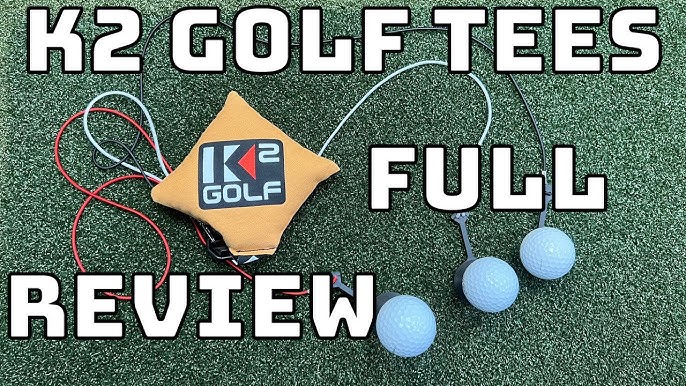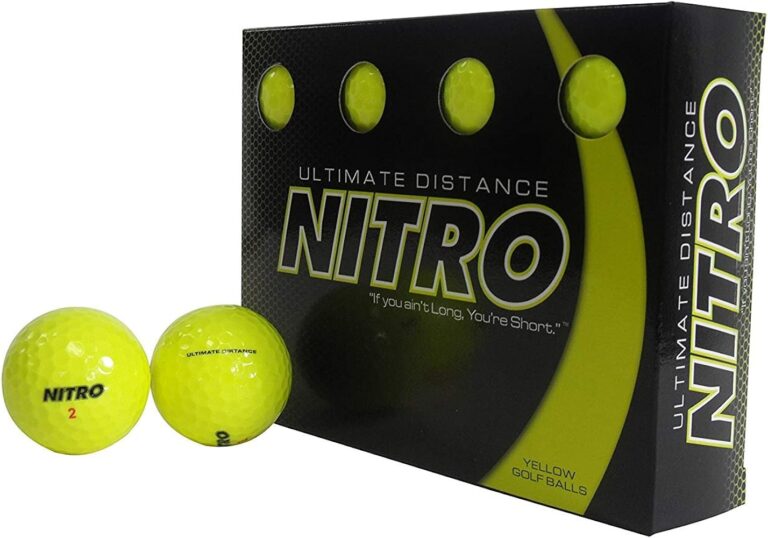When it comes to golf clubs, PXG (Parsons Xtreme Golf) is known for pushing the boundaries of design and technology. The PXG Gen 3 and Gen 4 irons are two of their most popular series, offering golfers innovative features that enhance performance. But what sets these two generations apart? Let’s explore the key differences in design and materials between PXG Gen 3 and Gen 4 irons. 🏌️♂️⛳

Credit: www.youtube.com
1. Innovative Design Updates
Gen 3 Design: The PXG Gen 3 irons introduced several groundbreaking design features that caught the attention of golf enthusiasts. One of the standout features was the use of DualCOR Technology, a multi-layered core system that enhanced energy transfer for more distance and better feel. The clubface was also designed to be ultra-thin, providing faster ball speeds across the face. The Gen 3 irons had a sleek, minimalistic design with a blacked-out finish that many golfers found visually appealing. 🖤
Gen 4 Design: With the PXG Gen 4 irons, the design team took things to the next level. The most noticeable change is the XCOR Technology, which replaced DualCOR. XCOR is a proprietary material that is both lighter and more flexible, allowing for even greater energy transfer and a softer feel at impact. This change also contributed to a thinner clubface, which enhances speed and forgiveness. Additionally, the Gen 4 irons feature a more refined aesthetic with updated weighting technology that not only improves performance but also adds a modern touch to the club’s appearance. ✨
2. Material Enhancements
Gen 3 Materials: The PXG Gen 3 irons were crafted from a high-strength, soft carbon steel, providing excellent durability and a premium feel. The clubface was made from HT1770 high-strength steel, which is known for its resilience and ability to generate fast ball speeds. The combination of these materials allowed the Gen 3 irons to offer a blend of distance, control, and feel that appealed to a wide range of golfers. 🏌️♀️
Gen 4 Materials: In the Gen 4 series, PXG introduced some significant material changes. The irons are still constructed from soft carbon steel, but the addition of a new proprietary polymer core—XCOR—sets them apart. This material is not only lighter but also provides enhanced damping properties, reducing vibrations and improving feel. The face of the Gen 4 irons is crafted from a maraging HT1770 stainless steel, which is both stronger and more flexible than previous versions. This material allows for an even thinner face, promoting faster ball speeds and more distance without sacrificing control. ⚙️
3. Performance and Feel
Gen 3 Performance: The Gen 3 irons were designed to cater to golfers seeking a balance of distance, forgiveness, and control. The DualCOR Technology and ultra-thin face helped generate impressive ball speeds, while the soft carbon steel body provided a satisfying feel at impact. Many golfers appreciated the combination of these elements, finding the Gen 3 irons to be versatile and reliable on the course. 🏌️
Gen 4 Performance: The Gen 4 irons build on the success of the Gen 3 with advancements that enhance performance even further. The introduction of XCOR Technology and the updated weighting system allows for greater forgiveness, especially on off-center hits. The thinner face and refined materials contribute to higher ball speeds and longer distances, making the Gen 4 irons a top choice for golfers who want to maximize their game. The feel is also improved, with the XCOR core providing a softer, more responsive sensation at impact. 💥
4. Aesthetic Appeal
Both the Gen 3 and Gen 4 irons boast a modern, sleek design, but the Gen 4 irons offer a more refined look with updated weighting and a slightly different finish. The changes are subtle but noticeable, giving the Gen 4 irons a fresh, contemporary appearance that many golfers find appealing. 🏆
Final Thoughts
The PXG Gen 3 and Gen 4 irons are both exceptional in their own right, but the Gen 4 series brings some exciting new features to the table. From the introduction of XCOR Technology to the refined materials and design updates, the Gen 4 irons offer improvements in performance, feel, and aesthetics. Whether you’re considering upgrading from Gen 3 or choosing between the two, understanding these key differences can help you make an informed decision. 🎯
If you’re a golfer who values cutting-edge technology and top-tier performance, the PXG Gen 4 irons are definitely worth considering. But if you’re looking for a solid, reliable option with proven performance, the Gen 3 irons remain a fantastic choice. Either way, you can’t go wrong with PXG.
Frequently Asked Questions For Pxg Gen 3 Vs Gen 4
What Are The Main Differences Between Pxg Gen 3 And Gen 4?
Pxg Gen 3 and Gen 4 differ in several aspects, including improved forgiveness, better ball speed, enhanced distance control, and optimized weight distribution. Gen 4 also offers more customization options for golfers to fine-tune their clubs to match their playing style and preferences.
How Does Pxg Gen 4 Compare To Its Predecessor In Terms Of Performance?
Pxg Gen 4 exhibits significant improvements in performance compared to Gen 3. The new innovations in Gen 4 result in increased accuracy, longer distances, and enhanced playability. Golfers can expect a noticeable difference in their overall performance with the transition to Gen 4 clubs.
What Are The Key Features That Make Pxg Gen 4 Stand Out From Gen 3?
Pxg Gen 4 stands out due to its advanced technology, including the new DualCOR system for improved ball speed and distance, the precision weight porting for enhanced control, and the Milled Sugar Face for superior energy transfer. These features make Gen 4 a powerful upgrade from Gen 3.
How Does The Pricing Of Pxg Gen 3 Compare To Pxg Gen 4?
The pricing of Pxg Gen 4 may be slightly higher than Gen 3 due to the advanced technological enhancements and increased customization features. However, the investment in Gen 4 is justified by the substantial improvements in performance and the ability to tailor the clubs to individual playing styles.





